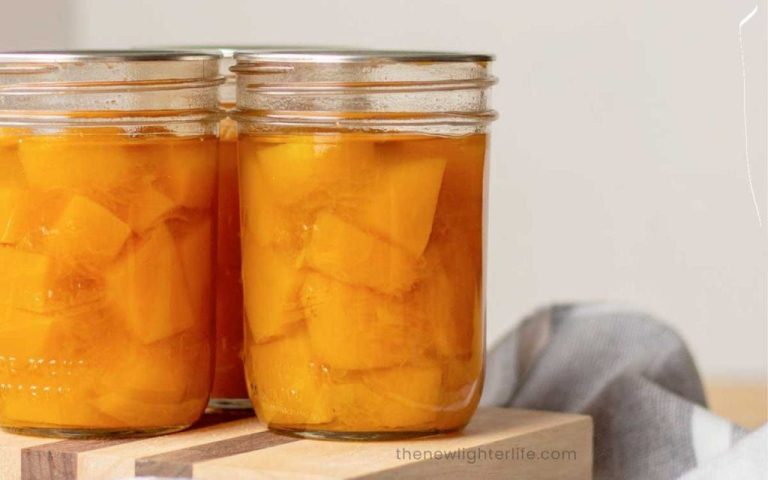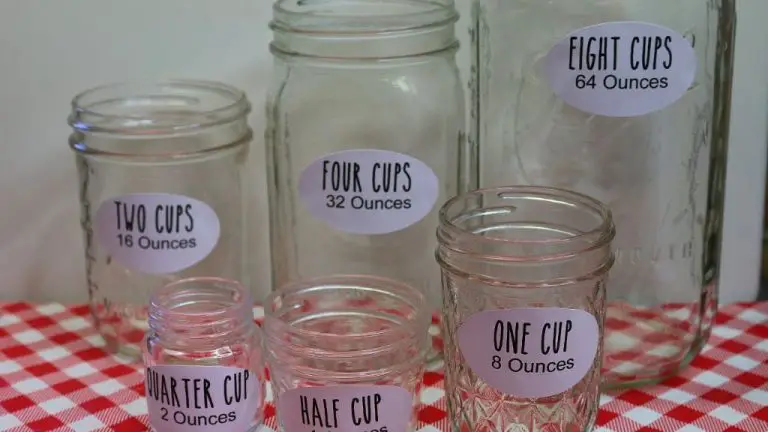Are 2 Wick Candles Better Than 1 Wick?
A wick is a small piece of string or paper that runs through the center of a candle. The primary purpose of the wick is to deliver fuel to the flame. As the wax at the top of the candle melts from the heat of the flame, the liquified wax travels up the wick via capillary action and is then vaporized at the lit end to keep the flame going.
Candle wicks come in different sizes and can have one or more wicks per candle. Single wick candles are the most common, with just one wick in the center. Double wick candles feature two wicks side by side to create a brighter flame.
The key factors that determine candle quality and performance include the wick type, wick size, wax type and quality, diameter and shape of the candle, and placement of multiple wicks if there is more than one. Optimizing these factors results in an even, consistent burn without tunneling, good fragrance throw, and minimal soot and smoke.
How wicks work in candles
Wicks are a crucial part of how candles work to produce light and fragrance. The wick is usually made from braided cotton and sits in the middle of the candle wax. Through capillary action, the wick draws up melted wax to the tip where it is burned. This capillary action is similar to how a sponge draws up water. The length and thickness of the wick determines the size of the flame it can produce. Longer, thicker wicks create larger flames. As the flame melts the wax at the tip, the wick brings up more to continue fueling the flame. The wick also distributes heat down into the wax pool to melt more wax to keep the candle burning. So in summary, the wick transports melted wax to the flame through capillary action and regulates the flame size while also distributing heat to melt more wax.
Single Wick Candle Pros
Single wick candles tend to be more affordable and have a simpler design compared to multi-wick candles. Here are some of the advantages of single wick candles:
- Cost – Single wick candles are generally cheaper to produce and purchase. The simpler design requires less raw materials and manufacturing complexity.
- Ease of Use – Lighting and extinguishing a single wick is straightforward. There’s only one wick to keep trimmed and centered.
- Fit – The single central wick allows for versatility in candle holder sizes and shapes. Smaller candle holders can neatly fit a single wick design.
If keeping costs down is a priority or you plan to use a wide variety of candle holders, a single wick candle may be the optimal choice.
Single Wick Candle Cons
Single wick candles tend to have some drawbacks when it comes to even burning, scent throw, and maximizing the use of wax. Here are some of the potential downsides of single wick candles:
Uneven burning and tunneling – With just one wick, the flame is concentrated in one spot rather than distributed across a larger surface area. This can lead to uneven melting, where wax closer to the wick melts faster than wax further away. Over time, this creates a curved tunnel in the wax.
Smaller melt pool – Related to uneven burning, single wick candles often have a smaller melt pool, meaning less of the overall wax gets used before the candle needs to be replaced. This wastes unused wax around the edges.
Less fragrance throw – With a smaller melt pool, fewer fragrance oils get released into the air. The result is a weaker scent throw that doesn’t permeate the space as effectively. People often need to place single wick candles very close to maximize fragrance.
Double Wick Candle Pros
One of the biggest advantages of a double wick candle is that it creates a larger melt pool than a single wick candle. Since there are two wicks burning instead of one, the melt pool can spread wider across the surface of the wax. This allows the candle to liquify more wax at once, releasing more fragrance and creating a stronger scent throw. The larger melt pool also contributes to a brighter, more luminous glow from the candle.
Another benefit of dual wicks is a more even, consistent burn. Single wicks often burn unevenly, tunneling down the center and leaving wax around the edges unmelted. The second wick in a double wick candle helps prevent tunneling by melting the wax on both sides. This keeps the melt pool level and allows the candle to burn down fully from top to bottom.
Overall, double wick candles provide increased fragrance, brighter illumination, and a more efficient burn. However, they do require a bit more maintenance and wick trimming to keep both wicks in top shape. But for many candle lovers, the pros outweigh the extra effort.
Cons of Double Wick Candles
While dual wicks can provide some benefits, there are also a few potential drawbacks to consider:
Can be More Expensive
Having two wicks instead of one does mean you’ll use more wicking material. This can bump up manufacturing costs slightly, which may translate to a higher retail price tag.
Two Wicks Can Clog More Easily
With two wicks so close together, there’s a higher chance of the wicks mushrooming into each other or clogging with excess wax. This can lead to poor combustion and tunneling.
May Not Fit Smaller Holders
The two wicks need enough space between them to burn properly. So dual wick candles may not fit well into holders meant for single wick versions, like small votives.
Wick Maintenance Tips
Proper wick maintenance is crucial for optimal candle performance. Here are some key tips:
Trim wicks to 1/4″ before lighting – Long wicks tend to smoke, tunnel, and produce excess soot. Trimming to 1/4″ helps prevent this. Use wick trimmers or nail clippers for a quick trim.
Avoid drafts while burning – Drafts cause uneven burning by bending the flame sideways. This can lead to tunneling. Shield candles from drafts of air.
Allow wax pool to solidify before relighting – For a clean, even burn, let the melted wax pool completely re-harden before relighting. This helps prevent tunneling in the middle.
With proper trimming and burning habits, you can maximize candle performance and enjoyment.
Choosing the Right Wick Type
When selecting a wick, it’s important to choose the right type for the specific candle wax you are using. Wicks are available in different materials, thicknesses and styles. The key factors to consider are:
Wick Material
– Cotton: The most common wick material. Cotton burns evenly and is suitable for most candle waxes.
– Wooden: Made from wood fibers. Often used for soy, beeswax and palm waxes.
– Zinc or paper core: Cotton wicks with zinc or paper cores help maintain wick structure.
Wick Thickness/Diameter
– Thicker wicks tend to burn hotter. Good for pillar candles.
– Thinner wicks don’t get as hot. Better for votives and containers.
Wick Style
– Single ply: Most common all-purpose wick.
– Braided/Plaited: Tighter weave makes them last longer.
– Cored: Cotton wrapped around paper or zinc core.
Refer to manufacturer guidelines for pairing the optimum wick with your specific wax type. Testing different wick types is key to achieving the best burn for your candle.
Summary of key differences
To recap, single wick candles offer a more concentrated flame and fragrance throw, making them a good choice for small spaces where you want an intense, focused scent. However, single wicks can tunnel or drown more easily in larger candles or containers. Double wick candles provide a better melt pool and burn in larger jars, while also allowing for a more even burn and reducing issues like tunneling. The second wick also disperses fragrance more widely, so double wicks work well in large rooms.
In general, single wick candles are recommended for containers up to 3 inches wide, while double wicks perform better in containers over 3 inches. For pillars or large jars, a double wick ensures the whole top surface melts evenly. Single wicks work well for votives, tealights, and small decorative candles. If you want an intense, focused flame and strong hot throw from your candle, a single wick may be preferred. Those looking for even melting across the entire candle top and a lighter throw are better served by a double wick.
Ultimately, wick choice depends on your specific candle, its intended use, and personal preference. Testing different wicks while making candles can help you find the best option for each candle shape, size, and purpose. Both single and double wick candles can produce great results with the right wick and jar pairing.
Conclusion
When deciding between single and double wick candles, there are a few key takeaways to consider.
Proper wick maintenance is crucial for any candle. Trimming wicks to 1⁄4 inch before each burn will help prevent smoking, tunnelling, and an uneven melt pool. Wicks should be kept free of wax drippings and debris.
Also factor in fragrance throw and desired burn time. Single wick candles generally have a lighter scent throw and shorter burn time than double wick. Double wick candles release more fragrance as both wicks pool wax when lit. They also provide a larger melt pool and longer burn time.
Test different wick configurations to find the right balance of scent, burn time, and flame height for your needs. There’s no definitively “better” option between single and double wicks—it comes down to personal preference and the candle’s purpose.





